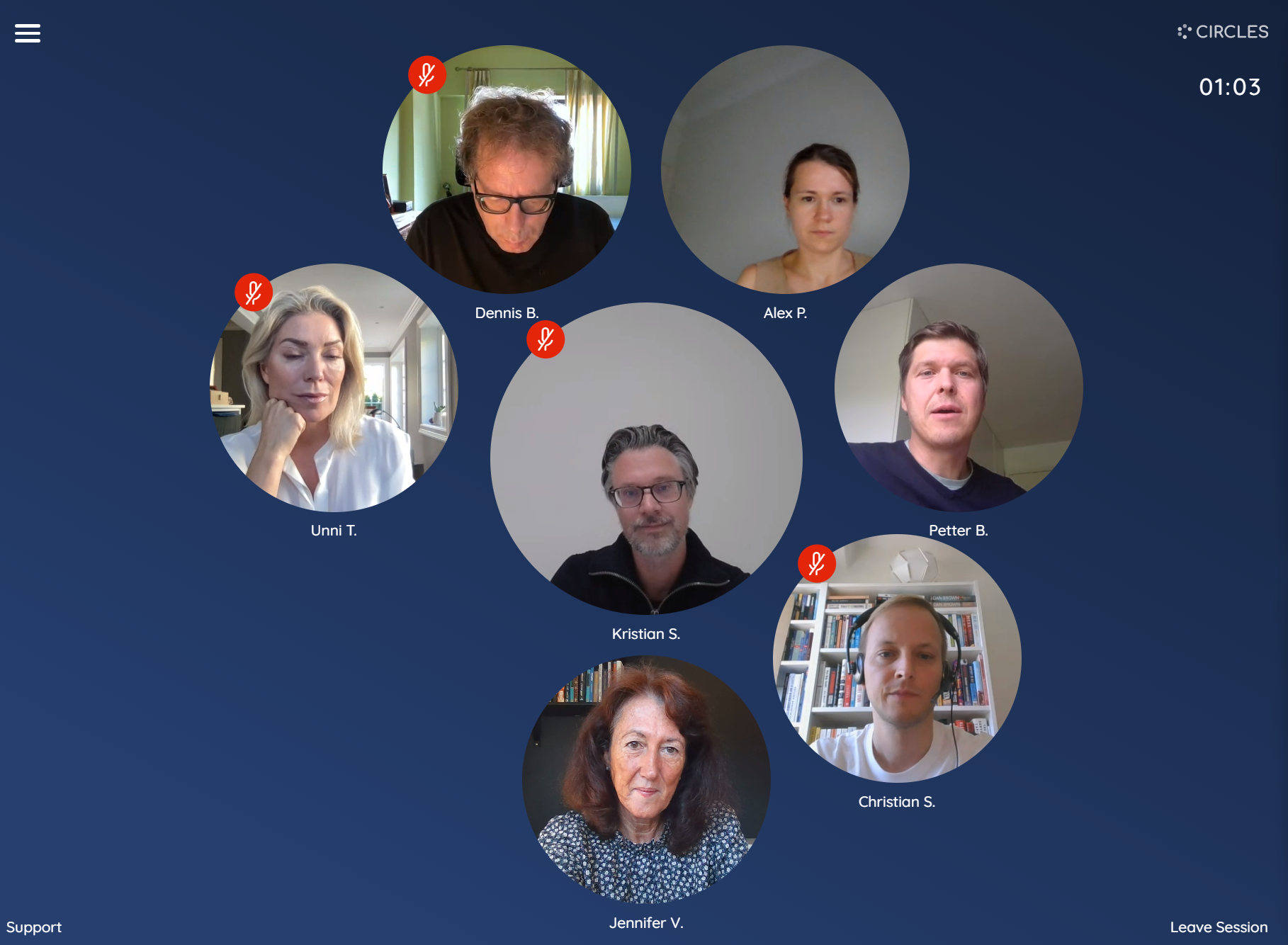
In the fall of 2019, Kristian Sarastuen found himself in an unexpected and challenging situation. One of Norway’s most experienced strategic communications advisors with the Oslo office of Burson-Marsteller, a leading worldwide public relations and communications firm, Sarastuen was suddenly and improbably tapped to take on the CEO role.
Now known as Burson Cohn & Wolf (BCW), the firm had undergone a reorganization, and with it, heavy financial losses a high rate of turnover and declining profits. That’s when its CEO departed and Sarastuen was asked to take over.
But Sarastuen’s background was in journalism, not management. He specialized in working directly with clients to solve demanding communications assignments for a wide range of Norwegian and international businesses. But CEO? That was never in his playbook.
Fortunately for him, the company was an active member the Executive Growth Alliance, a global community of business leaders who use the “power of peers” to collaboratively address common challenges. It proved to be a lifeline for Kristian. For the next Executive Growth Circle after his promotion, Sarastuen brought forth his Specific Actionable Challenge (SAC): “How do I become a leader without any leadership training or experience?”
Sarastuen re-engaged the team, strengthened client relationships and repositioned BCW for success in a few short months. When COVID-19 struck, Kristian, with insights and inspiration from regular EGCs, steered the organization through the pandemic, making tough but necessary decisions. He restructured the team, outsourced non-core activities, refocused priorities, and further strengthened customer relationships.
The result was the achievement of Burson Cohn & Wolf’s best year in 2021 with a profit of more than $1 million and continuing to work with some of the world’s biggest brands such as Coca-Cola, Dell, and Procter & Gamble.
Sarastuen, who remains as CEO, at least in part credits the hands-on, real-world EGA experience for helping with the turnaround.
“My success in rebuilding the team and increasing revenue and reputation for BCW is due in large part to the insights and support I have gained through my EGA membership,” he said.
“You can go to any number of seminars, you can go to a number of courses, but to actually work with people who are in leadership positions and have experienced the same issues you’re facing and use their learnings to help you navigate going forward, is extremely valuable.”
So what makes EGA different than other approaches to innovation? Unlike leadership development programs, conferences, or corporate retreats based on theory, EGA facilitates real learning from experience. EGA members collaborate on Specific Actionable Challenges and openly share successes and failures with global peers in diverse companies and industries in Executive Growth Circles. After each EGC, they take action to apply new insights to drive change in their own business. Through peer learning applied to real-world challenges, EGA members gain confidence to thrive in uncertainty and turn crises into opportunities (crisitunity).
As Sarastuen discovered, EGA’s “power of peers” technique has proven valuable. “You can import the lessons you learned and advice you get directly into the way you lead your team and your companies,” he said. And Sarastuen isn’t alone. Other participants in EGA’s Growth Circles have overcome adversity, co-created new solutions, and delivered record-setting results during the last few years of uncertainty.
Peers working together to solve common problems is nothing new. But combined with the “try-learn-grow” approach, embracing uncertainty and learning from each other’s successes and failures in a structured environment of an EGC, Executive Growth Alliance might have found the recipe for future-ready success.
